THIS WEEK: Deathstroke #50 ends Christopher Priest’s character-defining Slade Wilson story, which now that the smoke has cleared ranks as the best run of DC Rebirth.
Note: the reviews below contain spoilers. If you want a quick, spoiler-free buy/pass recommendation on the comics in question, check out the bottom of the article for our final verdict.
 Deathstroke #50
Deathstroke #50
Writer: Priest
Artist: Carlo Pagulayan & Fernando Pasarin
Inkers: Jason Paz, Oclair Albert, Norm Rapmund, & Danny Miki
Colorist: Jeromy Cox
Letterer: Willie Schubert
Ding ding ding. We have a winner. The best run of the 2016 publishing initiative DC Rebirth is Deathstroke, which wrapped this week with #50. And I’ll get to that issue, but first, let’s go back to the start, when Rebirth was announced in March 2016 at WonderCon. Many of the writers involved were unsurprising. DC regulars like Tom King, Peter Tomasi, Greg Rucka, and Scott Snyder all had high-profile books. Some — Benjamin Percy and Dan Abnett — were even holdovers from the same titles during the previous era.
There was, however, one major surprise. Writing Deathstroke was Christopher Priest, who hadn’t been seen on a Big 2 book since basically disappearing from comics a decade prior. Priest was the most interesting creator recruited for Rebirth. And you know what? Now that this run has ended (with no future DC work in sight, sadly), his work turned out to be the most interesting as well. King’s Batman generated more conversation and Joshua Williamson’s Flash wins for longevity, but Deathstroke is perhaps the only title from Rebirth to give its starring character a new defining run.
That brings us to Deathstroke #50. It’s a finale issue that deals heavily in the themes, qualities, and ideas that powered this book from its start. Priest is a funny writer with a wry wit, and there are several lines here to make readers smile and maybe even laugh. It’s been like that throughout, but in this finale, Priest seems to cut loose a bit, which gives this the feel of a well-earned victory lap.
Also on display in Deathstroke #50 is the most effective tool Priest has used to give this story a definitive feel — Slade Wilson’s relationships with his children, be they dead or alive. There are some multiversal shenanigans used, but we get bits about Jericho and Rose and even Damian Wayne, who for a brief time (six issues) believed Slade might be his dad. It’s all well done, and there’s a scene with Jericho in space that is especially satisfying for long-time readers of the book.
Moreover, though, Deathstroke #50 goes to where the run started by putting the relationship between Slade and his long-time buddy Wintergreen at its center. It’s through Wintergreen that Priest and collaborators really give Slade an identity apart from his dealings with the Teen Titans, which have defined the character for longer than I’ve even been alive. Wintergreen understands, indeed has always understood, that Slade is not a good man. He is a villain, but even a villain can be honorable and capable of good when it suits his motivations or desires or even his sense of dutiful responsibility.
Great artists often return to the same ideas in their work. The writer David Foster Wallace wrote many novels and short stories, all of which were shaded by a deep contemplation of obsessions. David Lynch’s work consistently supposes that beneath every green lawn there is a dirty underbelly of writhing insects. In the DC Universe even, Tom King’s work — be it Batman or Mister Miracle or the cosmic Omega Men — questions one’s responsibility to be a warrior during times of conflict and the price we pay to answer that call. The idea that individuals can be villainous yet noble, harsh yet capable of love, bad with a good side or vice versa? This powers the stories of Christopher Priest, which are told with brilliant layers of complexity that challenge readers to connect dots, both in terms of what’s happening with the plot and why it’s significant. This Deathstroke run certainly did that, and did it so well that it seems unlikely another story will ever eclipse this as the one to define Slade Wilson.
Verdict: Buy
 Lois Lane #6
Lois Lane #6
Writer: Greg Rucka
Artist: Mike Perkins
Colorist: Gabe Eltaeb
Letterer: Simon Bowland
I’ve been wanting to write about Lois Lane for a while. My full-time job is as a reporter. I write for a niche a trade journal, but in the past I worked for newspapers. Meanwhile, my wife is a reporter with the Boston Globe, covering national politics. This is all a wordy way to say journalism is personal to me, and I’ve always deeply appreciated the idea of Lois Lane as a human being whose super power is being good at the got-damned job.
This new Lois Lane book by Greg Rucka, Mike Perkins, Gabe Eltaeb, and Simon Bowland hit its halfway point this week with Lois Lane #6. Past issues have done a great job giving us Lois as a preternaturally-gifted newspaper reporter, doling out realistic escapism through her heroics. We can get lost in Superman or Action Comics by watching Kal-El on a space odyssey or battling a woman who can turn into a red cloud. In Lois Lane, though, we get lost watching our hero speak truth to power, shining light on malfeasance in a journalistic way that feels satisfying and meaningful.
At the same time, this book deals in well-wrought emotions. Lois’ dealings with her colleagues, husband and son feel thoughtful and genuine. This gives the book an added layer of power, keeping us engaged because we care so much about these characters. Well, in Lois Lane #6 these two dueling strengths — deep emotion and the power of journalism — align.
Plot-wise we get the aftermath of Event Leviathan, and Lois coping with the loss of her father, General Sam Lane. There’s a funeral and mourning and reflecting on the relationship through the years. Ultimately though, Lois Lane #6 is largely a metaphor, one about the tension between the press and power structures, between older and younger generations, between transparency and control of information, between truth and spin. The sides blur to make it messy at times, too.
At the center is another metaphor, in which Superman is a stand-in for trusting in the good of people, assuming that what’s right can and will win. Lois is optimistic that if given the right opportunities and support, people will give you their best, while Sam wants to be cautious and exacting. It’s interesting thematic ground, but it could feel preachy or hollow if handled wrong. It’s not, and that owes to the deep emotional core of the father-daughter relationship, which is told so well, with Perkins giving us an absolute gift of teen Lois dressed in Hot Topic finest during her punk phase. There’s a subtle idea here that really makes this issue, and it’s that within disagreements — no matter how consequential — there is humanity, and how tragic it is when that gets lost.
Verdict: Buy
Round-Up
- Batman Universe #6 from Brian Michael Bendis, Nick Derington, Dave Stewart and Troy Peteri was just perfect. I’d have reviewed it in depth, but I don’t have much to add past that. This was the finale for what has been a raucous and uncomplicated delight of a Batman tale, one that careened wildly through the DC Universe and reminded me of what it felt like to first discover the character as a little kid. Wonderful.
- Meanwhile on the main title, Batman #84 is my favorite issue of Tom King’s run in a long while. King recontextualizes big moments from past issues, sharing previously omitted info that informs our understanding of character motivations in the present. Jumping around in time gets over-used in superhero books (at least if you ask me), but this issue is so well-executed that I don’t mind it. Artist Jorge Fornes (colored here by Jordie Bellaire) is also an absolute gift to noir-tinged comics, and this is one of the best-looking Batman issues in years, which is really saying something given the usual high level of art on the book.
- The march toward the end of the current DC era continued in Justice League #37 by Scott Snyder, Jorge Jimenez, and Alex Sanchez. A few weeks back, my round-up buddy Louie Hlad took a deep look at what’s going on here. So read that if you haven’t. But this story is great and obviously moving toward reshaping all of these comics. I just want to add that I think it’s fitting Jimenez is illustrating this last arc, since he sort of kicked it all off way back in No Justice. Now if only there were a bookend story for Greg Capullo to draw that would end what Dark Nights Metal started. Hmm.
- Finally, Green Lanterns: Blackstars #2 was Grant Morrison at his metafictional best, giving this character and DC cosmic the story-aware treatment he’s given to so many other characters at DC. I enjoyed the first 12 issues of The Green Lantern quite a bit, but this brief interlude before the next 12 is really stoking my excitement for what comes next. There’s a sense of unpredictability that maybe hasn’t been there since the first few issues of season one, and I just love contemplating all of the possibilities.
Miss any of our earlier reviews? Check out our full archive!


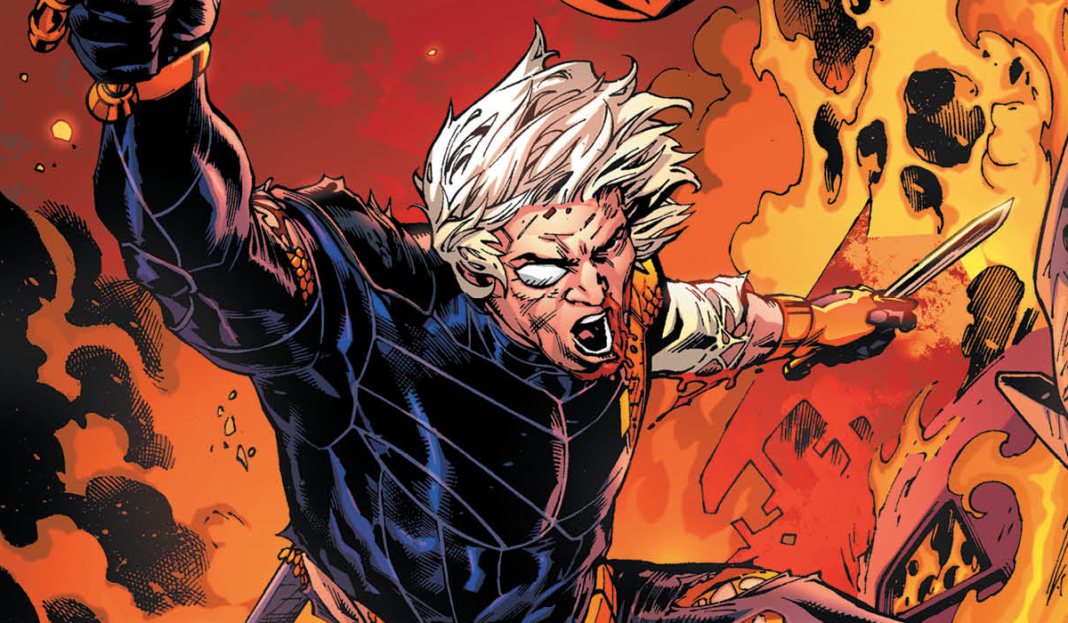
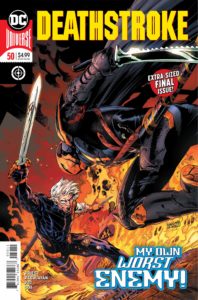
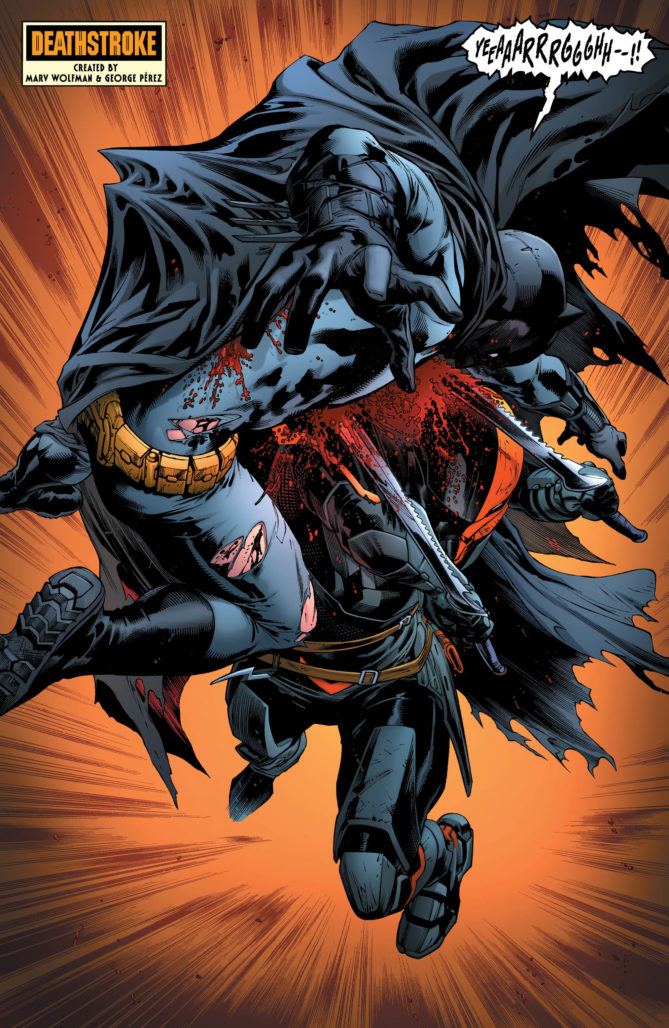
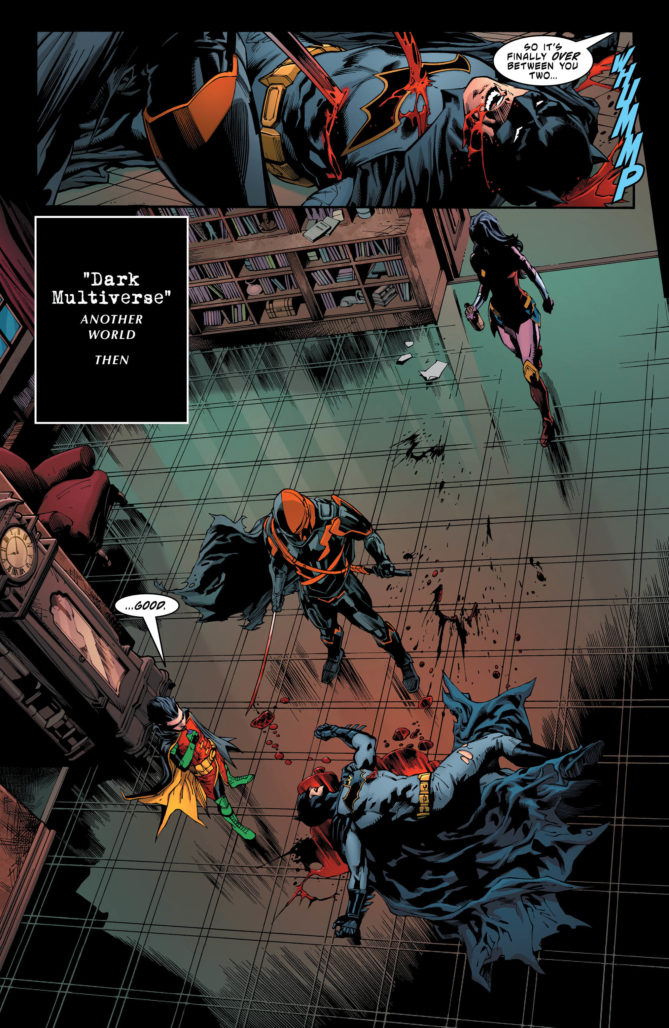
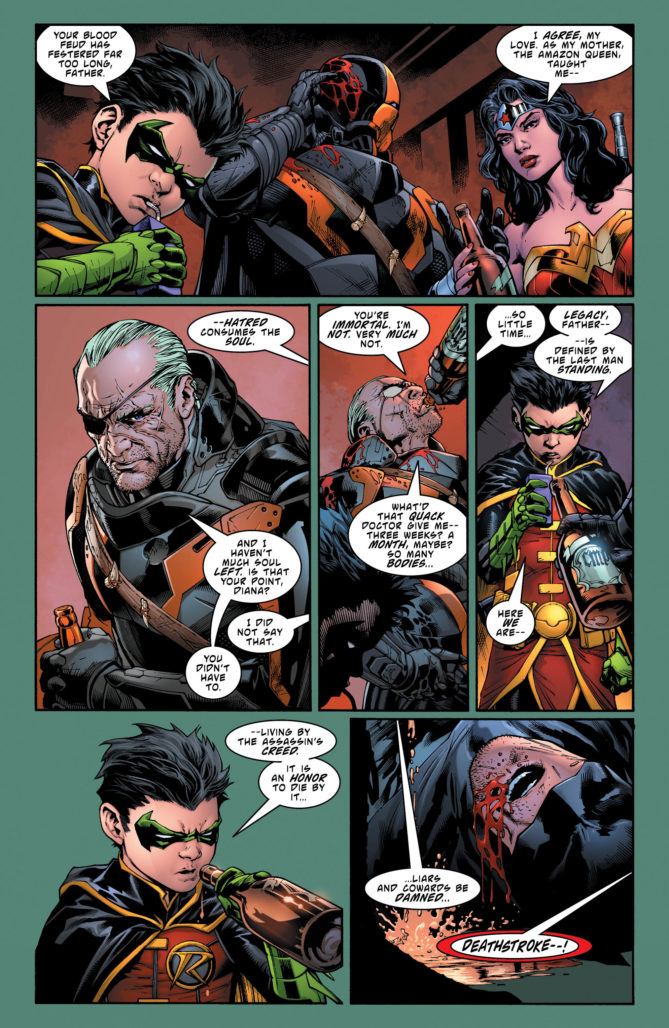
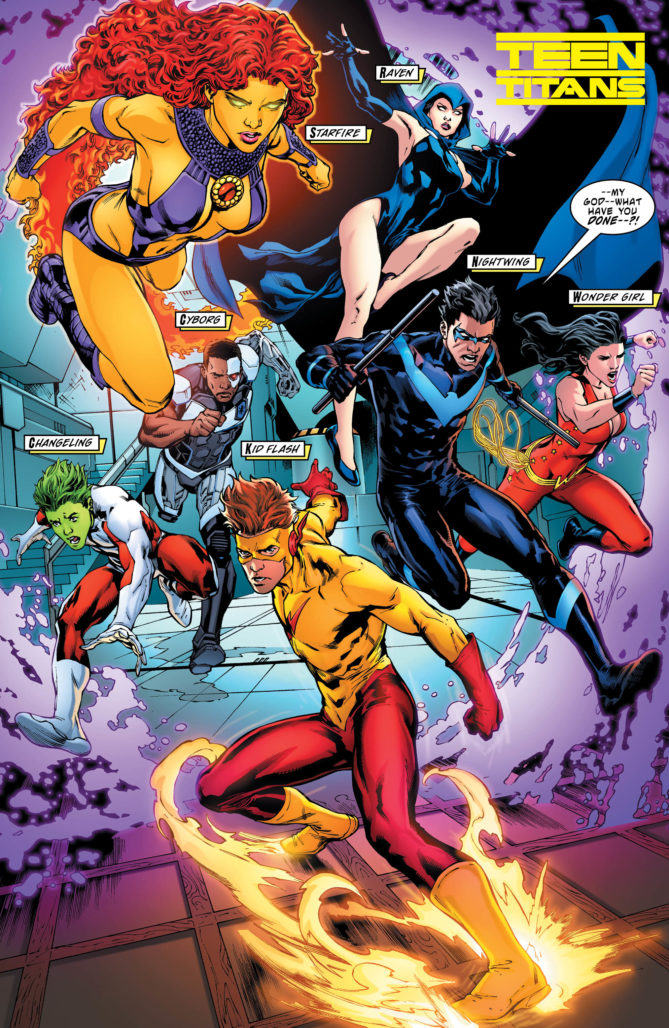
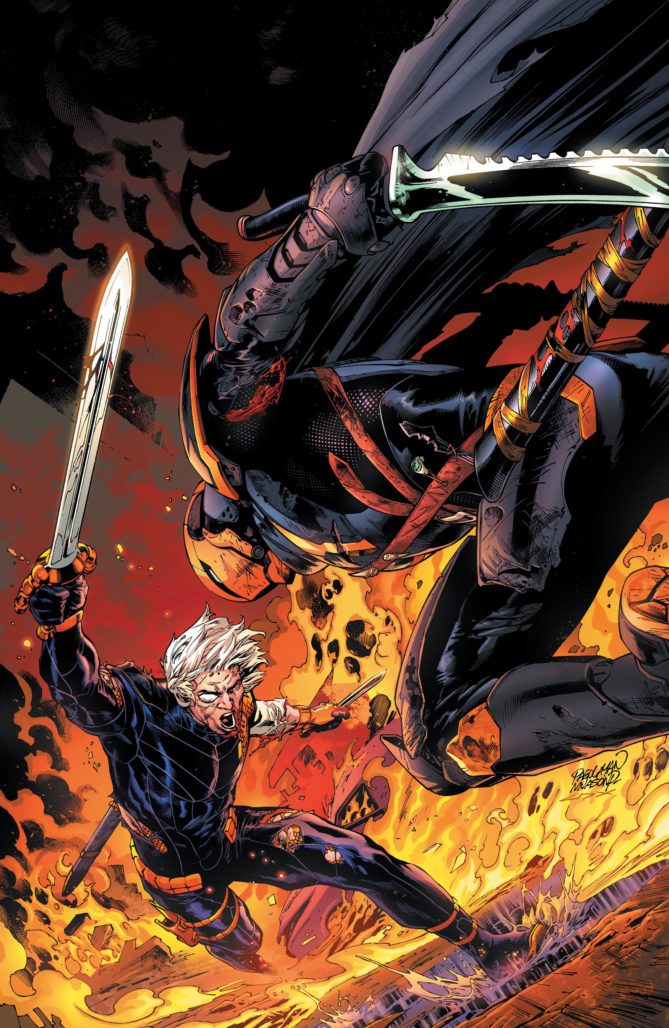
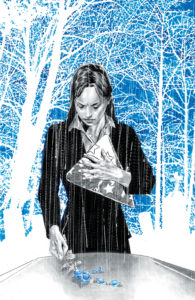
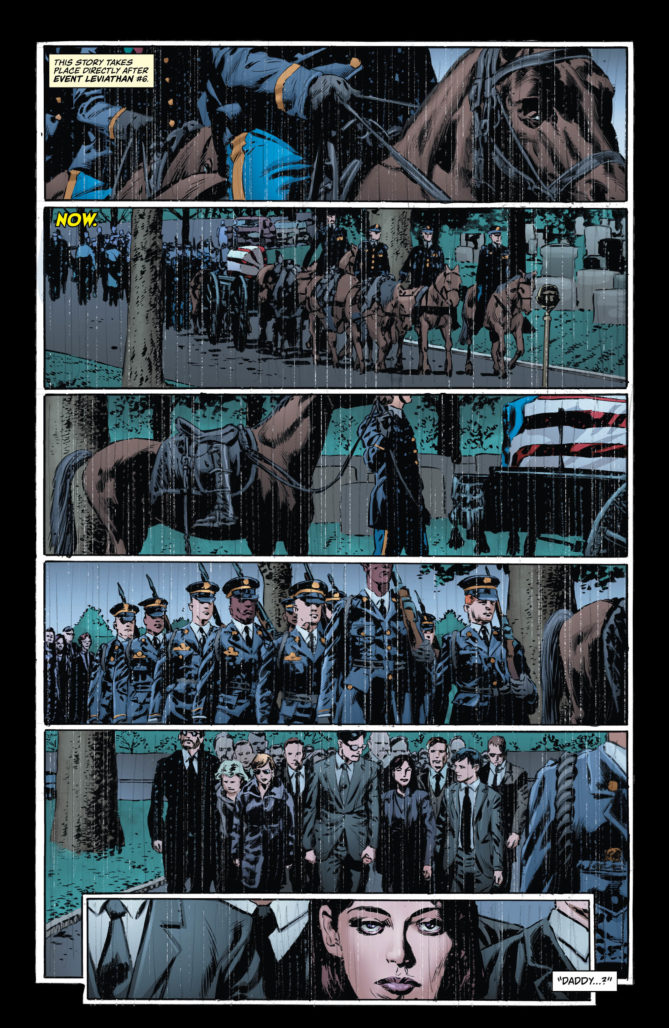
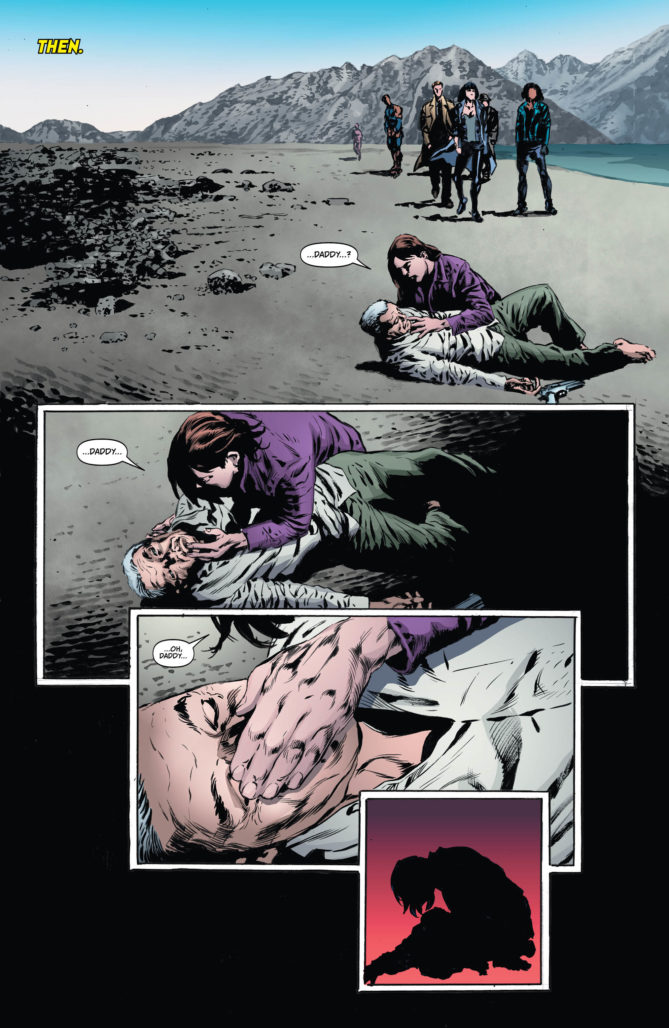
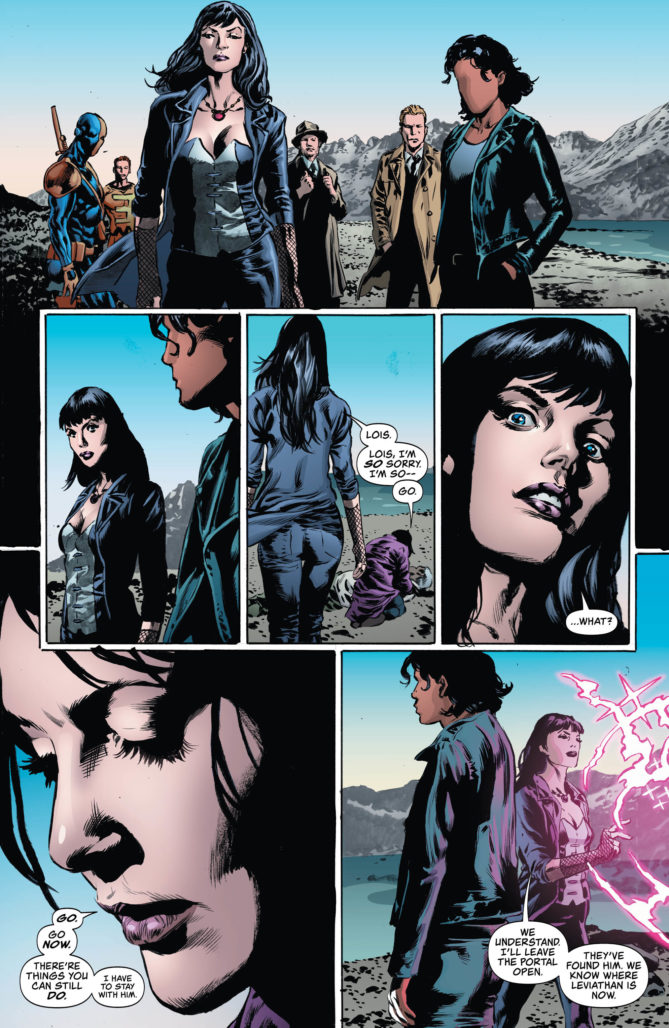
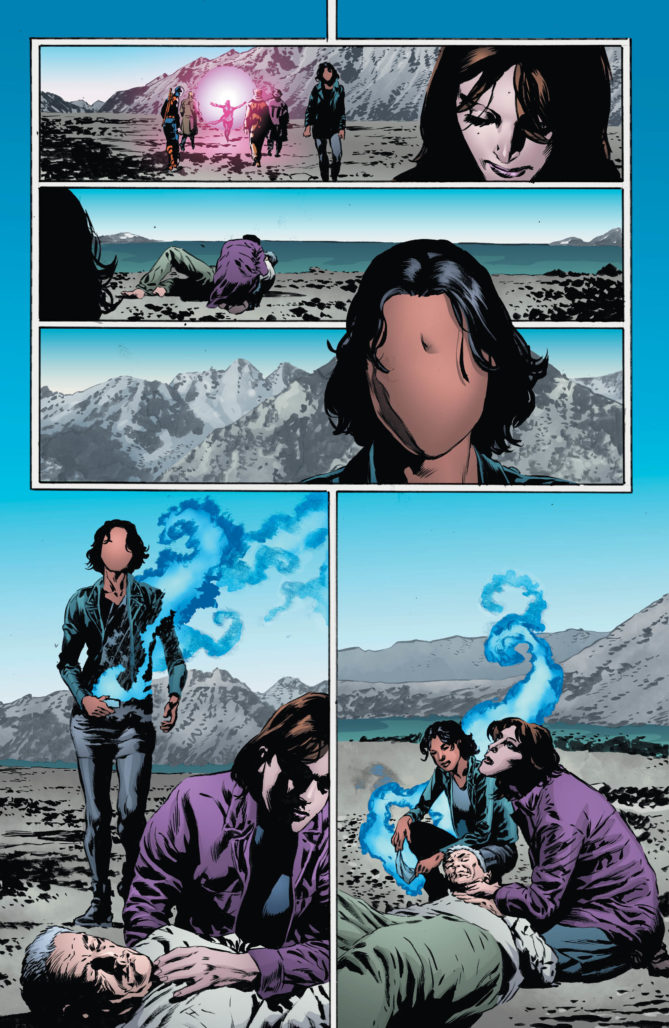
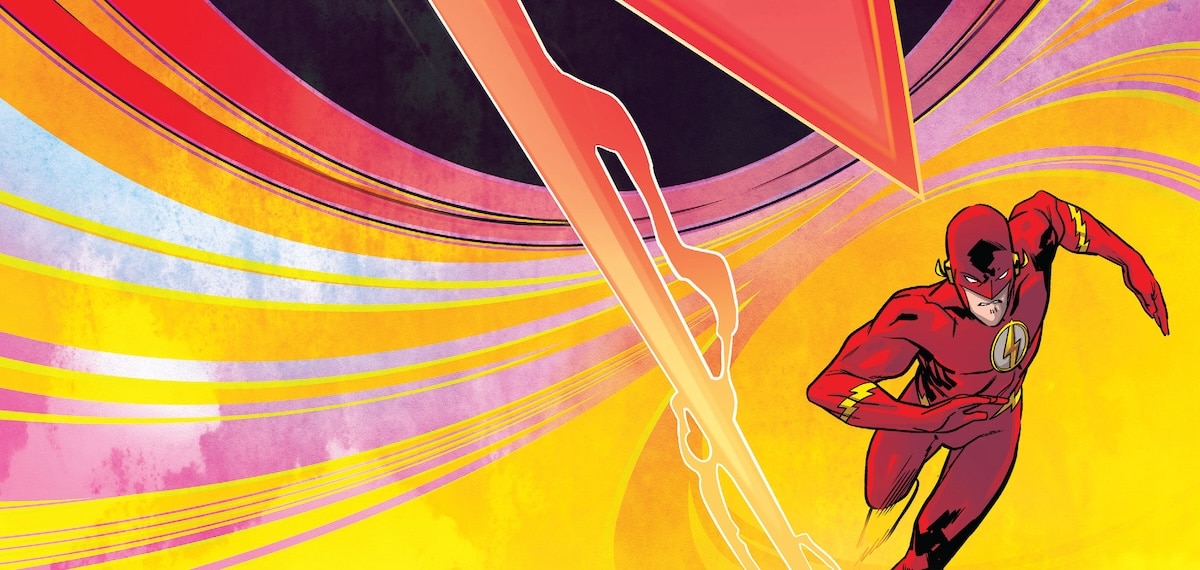





Definitely right about Deathstroke being DC’s best Rebirth title. Although I felt bad that Slade abandoned that turkey after all the love and care he put into it…
Anyone else suffer through the Batwoman/Supergirl book? That may have been the single worst-written comic I’ve read since Roy Thomas’s heyday.
I am a very casual reader, I dont get too excited over comics or graphic novels, but the scene with slade and jericho in space, made me go and hug my own son.
Comments are closed.